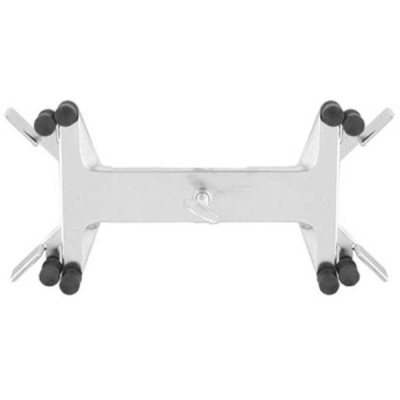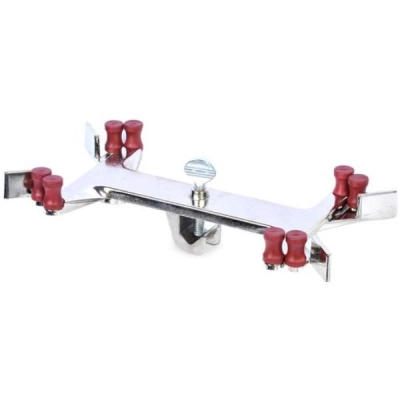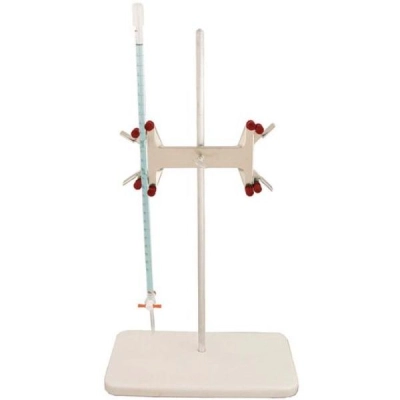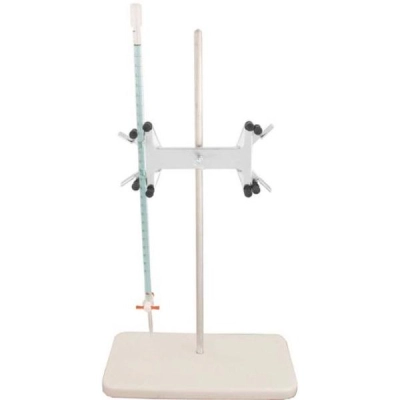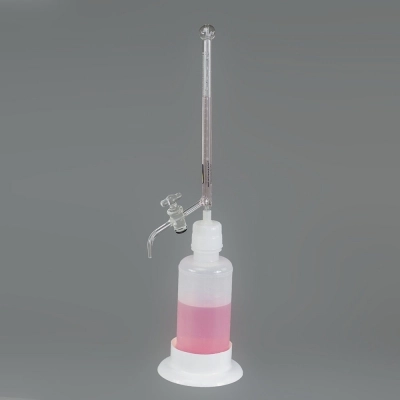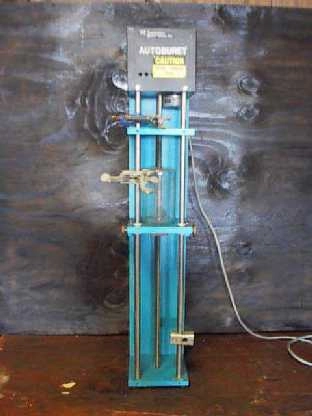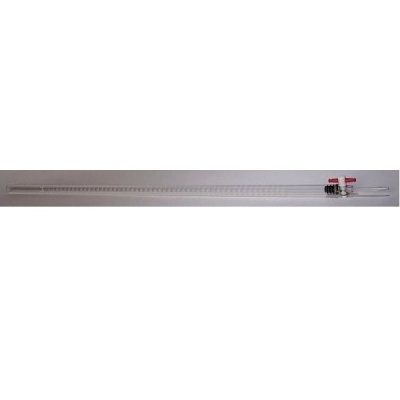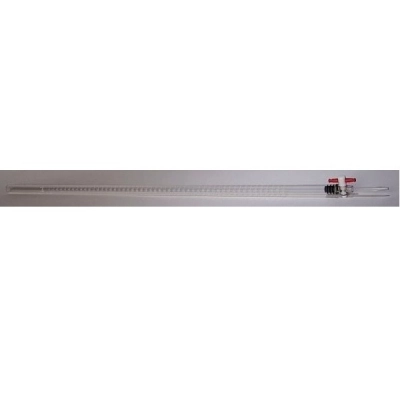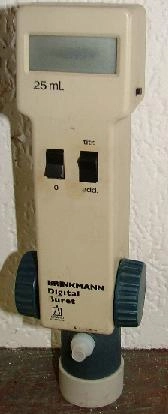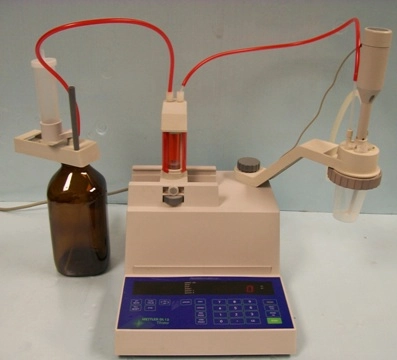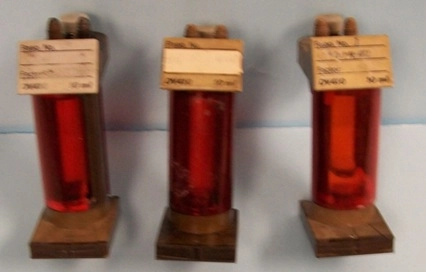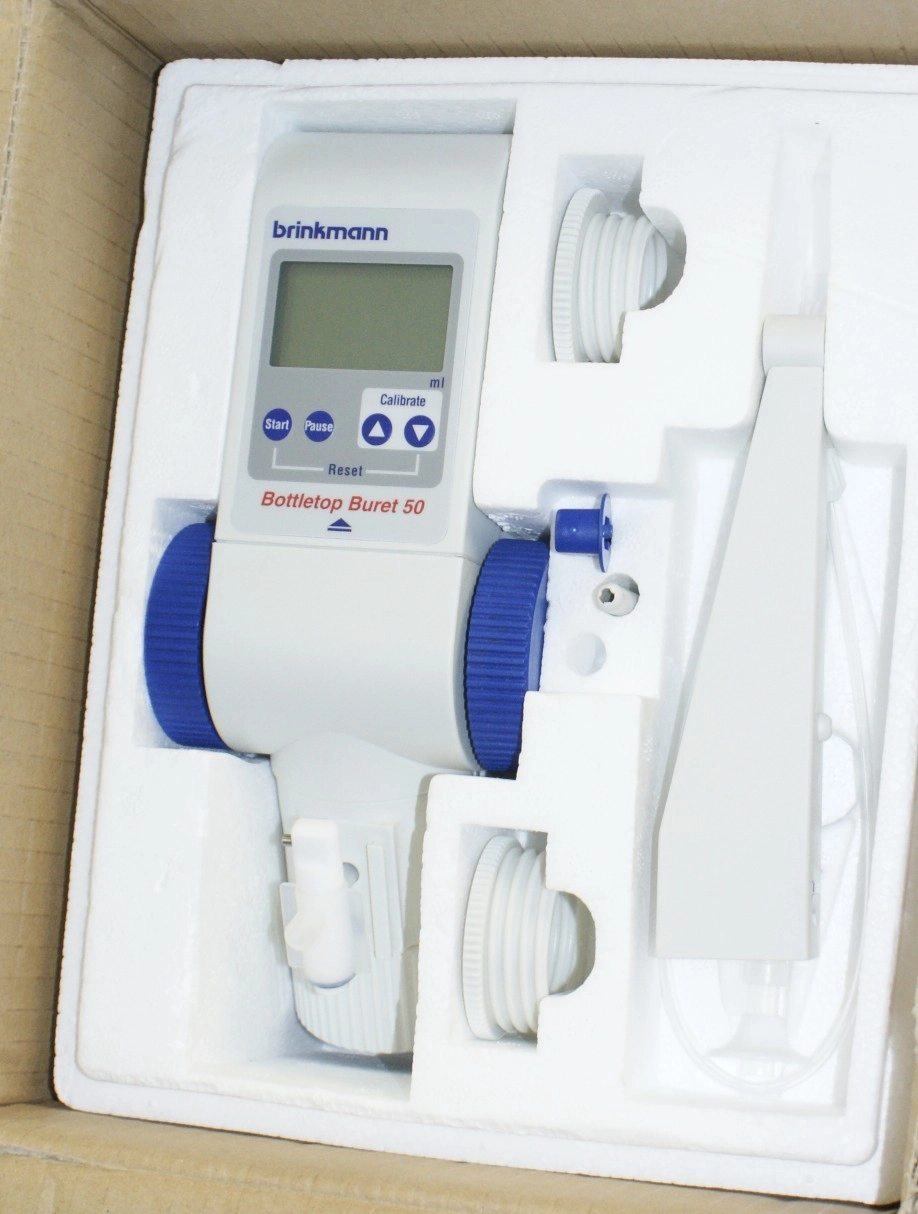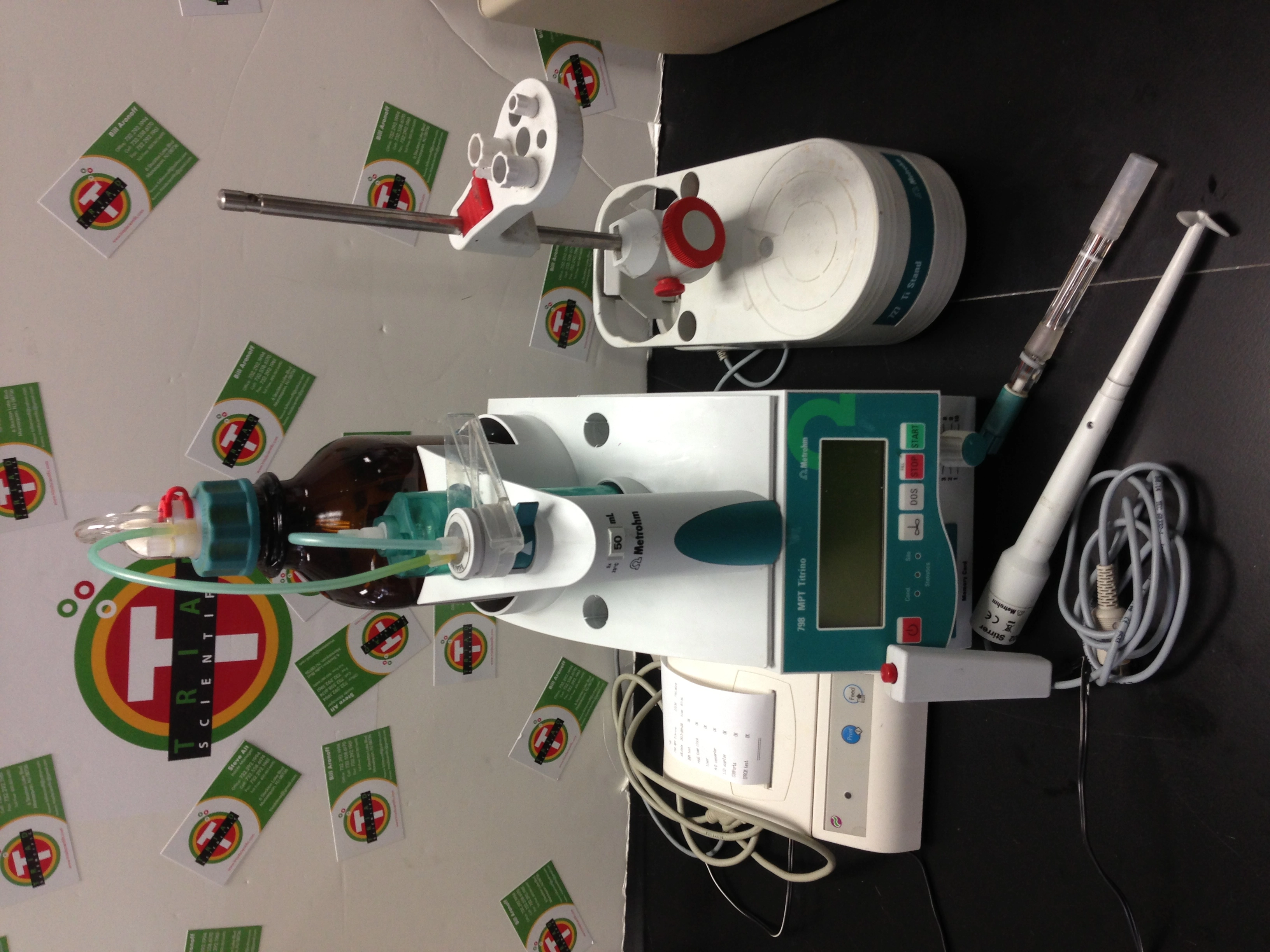Burets are precision instruments commonly used in analytical and quantitative chemistry to measure liquid volumes, particularly in titrations. They typically consist of a graduated glass tube with a stopcock at the bottom to control liquid release.
Key specifications for standard buret models include:
Capacity and Graduation: Burets are available in various capacities, such as 10 mL, 25 mL, 50 mL, and 100 mL. The graduation interval, which indicates the smallest volume increment measurable, varies but is often 0.1 mL for 25 mL and 50 mL models and 0.2 mL for 100 mL models.
Material: High-quality burets, like those made from PYREX® borosilicate glass, are favored for their durability and resistance to chemical reactions. These burets are often fitted with Polytetrafluoroethylene (PTFE) stopcock plugs, which prevent leakage and eliminate the need for lubrication, ensuring long-term reliability and ease of use.
Accuracy and Calibration: Class A burets are calibrated to strict standards such as ASTM E-287 and ASTM E-542, ensuring high accuracy and repeatability. These burets come with a certificate of calibration that is traceable to NIST standards. For instance, a 10 mL Class A buret has a tolerance of ±0.02 mL, which ensures precise measurement suitable for high-stakes laboratory work.
Design Features: PYREX® burets often feature a straight bore design, which allows for smooth and controlled liquid dispensing. The markings are colored and permanent, providing clear and easy-to-read measurements. Additionally, the microfinish of the stopcock barrel ensures a leak-proof fit.
Applications: Burets are used extensively in titration experiments to measure the volume of a liquid reactant required to react with a given amount of analyte. They are essential in laboratories for tasks ranging from basic educational purposes to complex industrial and research applications


